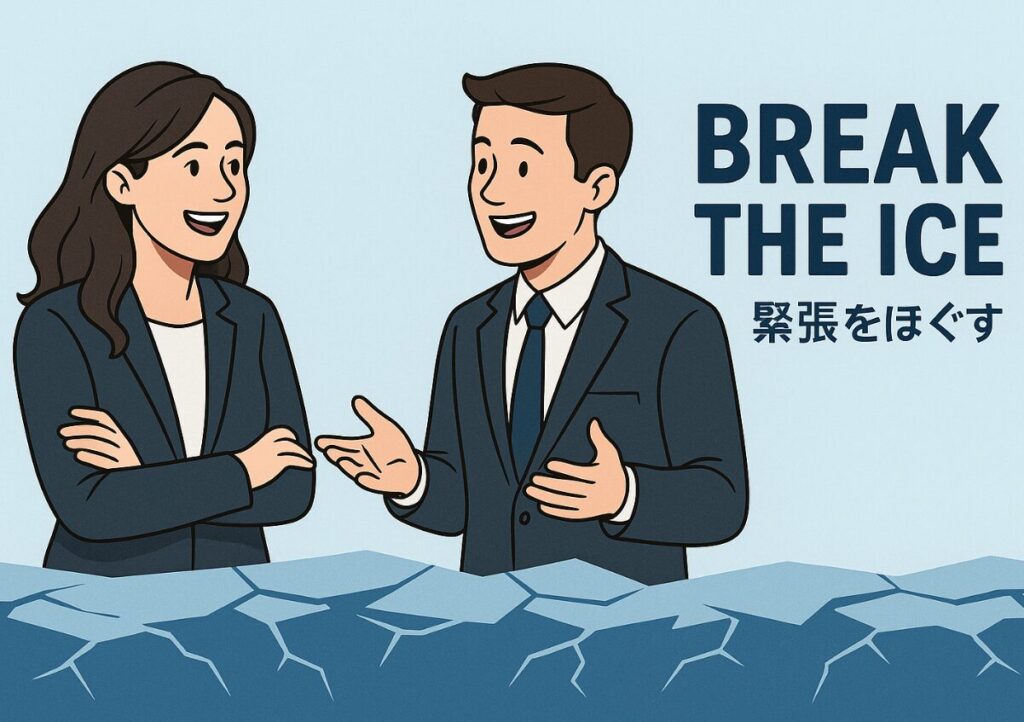
📘 今回のイディオム
“get cold feet”
英語で “get cold feet” とは、「怖気づく」「土壇場で不安になってやめる」といった意味のイデです。特に大きな決断をする直前に、自信を失ってためらってしまう場面でよく使われます。
🧊 どんな意味?
“get cold feet” は、何かを始める直前に急に怖くなってしまうことを表します。恋愛、仕事、プレゼン、引っ越しなど、さまざまな場面で使われますが、特に「結婚式前に結婚を迷う」という文脈で登場することが多いです。
📜 語源につ
いて
この表現の起源は19世紀のドイツ語「kalte Füße bekommen(足が冷たくなる)」というフレーズだと考えられています。冷たい足=臆病・不安の象徴として比喩的に使われ、英語にも取り入れられたと言われています。
📝 使い方をチェック!
- Sarah was all set to move abroad, but she got cold feet the night before her flight.
サラは海外移住の準備をすべて終えていましたが、出発前夜に怖気づいてしまいました。 - I was going to ask my boss for a raise, but I got cold feet at the last minute.
上司に昇給をお願いしようとしたのですが、土壇場で怖くなってしまいました。 - He got cold feet and called off the wedding a week before the big day.
彼は怖気づいて、結婚式の1週間前に取りやめてしまいました。
🔍 ポイント解説
- “get” の代わりに過去形 “got” を
ことが多く、特に過去の出来事でよく登場します。 - ビジネスの現場でも「契約寸前でやめた」「提案を取り下げた」などの表現に使えます。
- 「決断の場面」や「プレッシャーの強い状況」が背景にあるのが特徴です。
🔁 似たような表現
- lose your nerve(勇気を失う)
- have second thoughts(再考する/迷いが出る)
- chicken out(怖気づいてやめる/逃げる)※口語的
大きな挑戦の前には誰でも「get cold feet」になることがあります。そんなときこそ、自分の気持ちを落ち着けて、一歩踏み出す勇気を持てるといいですね。
















